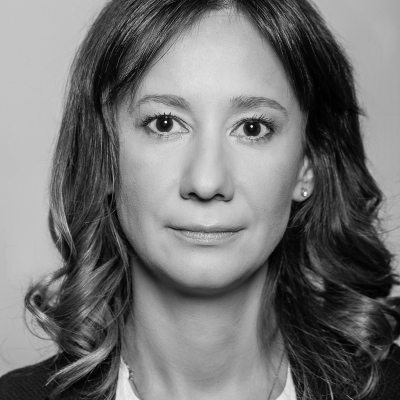The Patent Office also recognizes the specifics of the cosmetics market
The cosmetics market is growing and with it the number of different trademarks reported for this type of products. Therefore, conflicts between trademark registrations are inevitable. Their assessment is essentially the result of an assessment of the similarity of the compared goods and the similarity of the compared trademarks.
Registrants of conflicting trademarks for cosmetic products often invoke arguments that, in their opinion, eliminate a collision despite the similarity of the goods and the marks. The first argument concerns the difference in the price of products having opposing marks. The second – an increased level of attention of the buyer of cosmetic products, who will not confuse them. Administrative jurisprudence responds to these arguments.
Are differences in the prices of cosmetic products important in assessing the risk of confusion?
The owner of the trademark CLINIQUE HAPPY objected to the registration of the word and graphic mark HAPPY. Both marks were intended for hair shampoos. The applicant for registration of the designation HAPPY argued that there is no risk of misleading consumers also due to the fact that the compared marks serve to mark goods addressed to different buyer groups. The goods offered by the applicant are mass production goods, whereas the earlier mark is used to designate luxury goods. Due to price differences between these products, their distribution channels are different and, therefore, the risk of confusion does not occur.
In its judgment of May 12, 2017, case II GSK 4628/16, the Supreme Administrative Court (SAC) did not agree with this argumentation. It stressed that price differences of similar products designated with opposing marks are not taken into account in the assessment of the risk of confusion. A trademark is registered for a specific product, regardless of its price. In addition, the trade policy of the trademark holder may change during the period when the mark is protected.
Therefore, the different price of products should not have any impact on the assessment of the risk of confusion. SAC’s argument is correct.
What is the level of attention of a buyer of cosmetics?
When analyzing the probability of misleading consumers, it should be considered who are actual and potential customers of specific trademarked goods and services, i.e. who belongs to the so-called relevant buyer group.
It seems that cosmetics are purchased by people who take care of their physical appearance or health and who buy cosmetics for this purpose and use the services of beauty salons. As a rule, they are unprofessional consumers who buy these goods for their own needs in drugstores, supermarkets and hair and beauty salons. However, such products may be also purchased by professional consumers – beauticians or hairdressers who acquire cosmetics and accessories in order to supply their salons with products that they will use serving third parties – customers. Such consumers usually order products in bulk, often online, in contrast to customers of ordinary stores who usually buy retail. It follows that the group of buyers of cosmetics and cosmetic services is unlimited, broad and diverse.
A factor that can also influence the assessment of potential confusion is the level of attention of the relevant buyers. Generally, the Polish Patent Office, similarly to the European Intellectual Property Office (EUIPO), recognizes that the level of attention of cosmetics buyers is quite low due to the popularity of cosmetic goods and their everyday use. It counts them among goods purchased impulsively, without much thought. In turn, according to the Office, when selecting cosmetic services provided by beauty salons and other cosmetic services, the consumer’s level of attention may be slightly higher due to the impact of such products on human health (see the decision on the Vita Cell trademark, no. Z.426273, dated 25 May 2016).
However, even if we assume that cosmetics can be bought by professionals, while cosmetic services require a higher level of attention from a non-professional buyer, it should be remembered that these are not arguments determining that there is no risk of misleading buyers or that there is no risk of association. The basic principle often stressed in jurisprudence is that the average buyer retains in his mind only an imperfect image of memorized marks. For this reason, the Office indicates in its decisions that, when the goods are identical or similar, the coexistence of similarity between the marks determines the possibility of confusion, even despite the increased attention given by buyers of cosmetics and users of cosmetic services (see the decision on the Hair House trademark, no. Z.425111, dated 17 May 2016). Therefore, in order to avoid this kind of conflict of trademarks, it is worth considering in advance what trademark we want to protect in order to sufficiently distinguish it from marks registered by other business operators.
Monika Wieczorkowska, Intellectual Property practice, Wardyński & Partners
